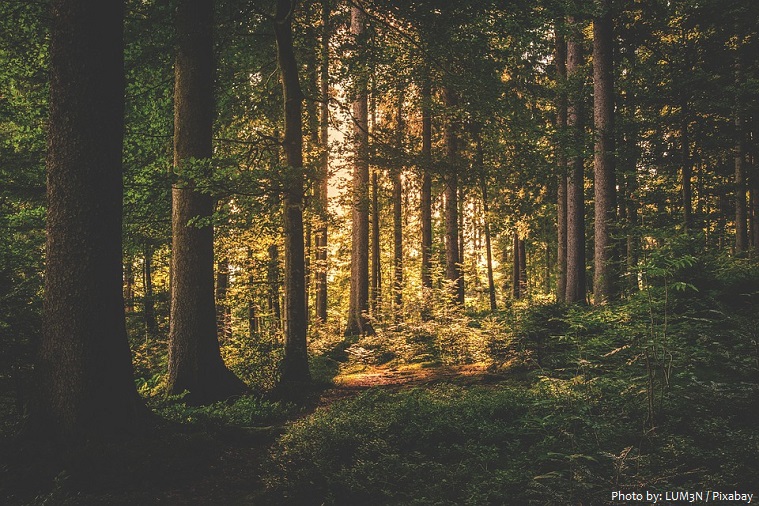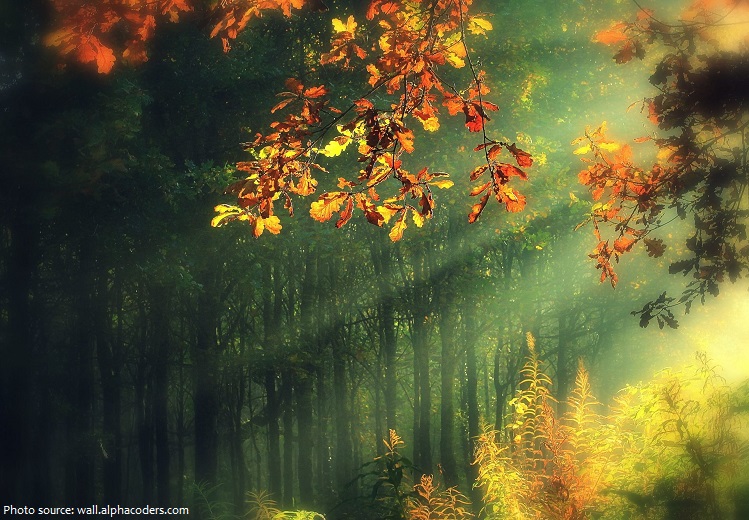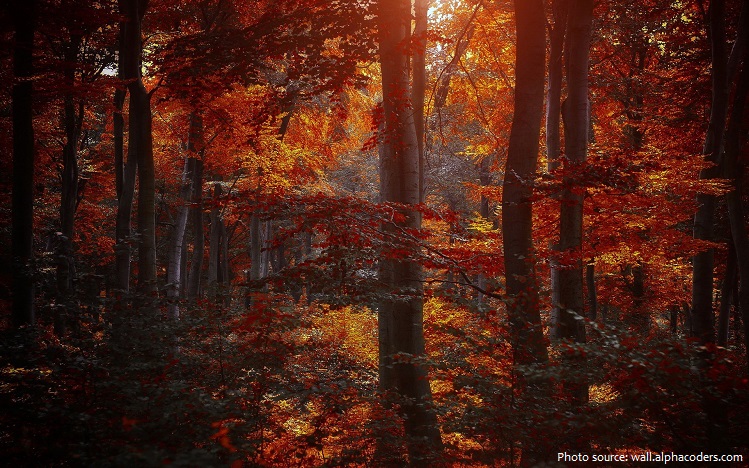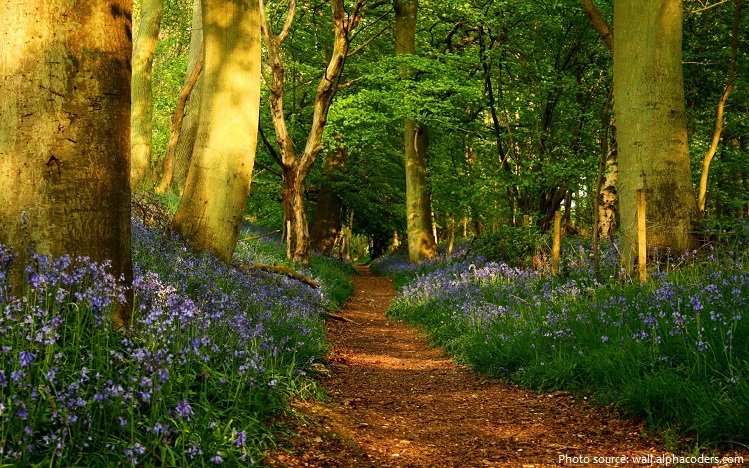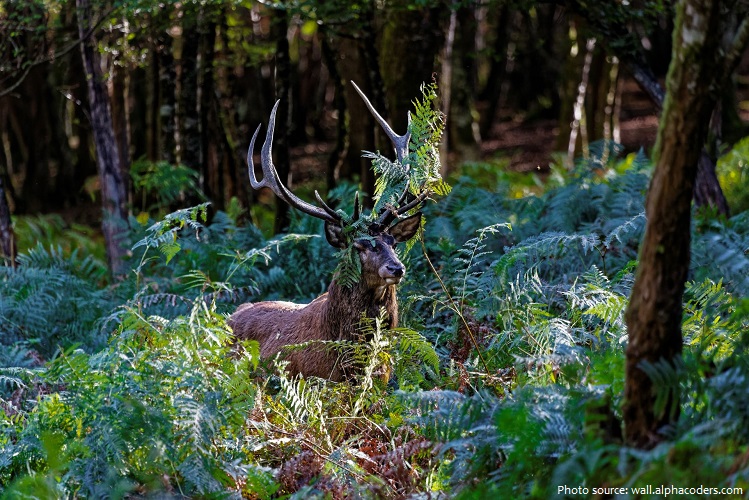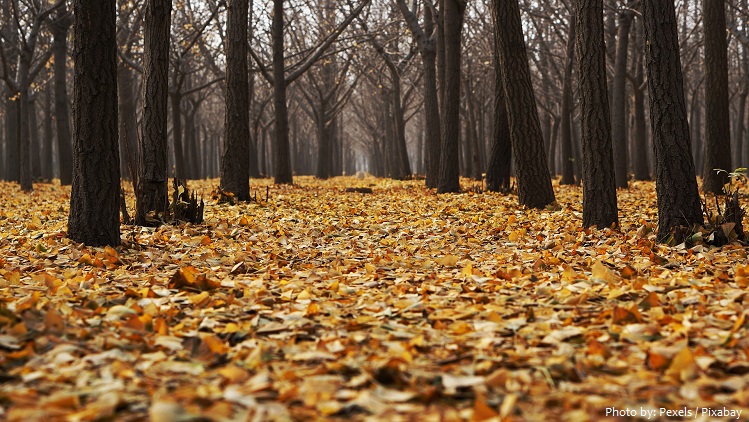A deciduous forest is a biome dominated by deciduous trees which lose their leaves seasonally.
It is found in three middle-latitude regions with a temperate climate characterized by a winter season and year-round precipitation.
Deciduous forest also extends into more arid regions along stream banks and around bodies of water.
Most deciduous forests are located in the eastern United States, Canada, Europe, China, Japan, and parts of Russia.
South America has two big areas of deciduous forests in southern Chile and Middle East coast of Paraguay.
The deciduous forest regions are exposed to warm and cold air masses, which cause this area to have four seasons. The temperature varies widely from season to season with cold winters and hot, wet summers.
The plants have adapted to the forests by leaning toward the sun. Soaking up the nutrients in the ground is also a way of adaptation.
During the autumn, trees change color and then lose their leaves. This is in preparation for the winter season. Because it gets so cold, the trees have adapted to the winter by going into a period of dormancy or sleep. They also have thick bark to protect them from the cold weather. Trees flower and grow during the spring and summer growing season.
Oaks, beeches, birches, chestnuts, aspens, elms, maples, and lindens are the dominant trees in mid-latitude deciduous forests. They vary in shape and height and form dense growths that admit relatively little light through the leafy canopy. Shrubs are found primarily near clearings and forest edges, where more light is available, and herbaceous flowering plants are abundant within the forest in the spring, before the trees come into full leaf.
Deciduous forests have a great variety of plant species. Most have three levels of plants. The forest floor is usually inhabited by lichen, moss, ferns, wildflowers, and other small plants.
Animals in temperate deciduous forests have to adapt to changing seasons. They must be able to cope with cold winters and hot summers. Some animals hibernate or migrate during the winter to escape the cold. Animals who do not hibernate or migrate must have special adaptations to deal with higher exposure to predators in the winter. When leaves autumn, there is less cover for animals in this biome to hide from predators.
Snails, slugs, insects, and spiders are common inhabitants of the deciduous forest, and many cold-blooded vertebrates, such as snakes, frogs, salamanders, and turtles, are also present. Birds are represented by warblers, flycatchers, vireos, thrushes, woodpeckers, hawks, and owls. Prominent mammals include mice, moles, chipmunks, rabbits, weasels, foxes, bears, and deer.
Humans have often colonized areas in the temperate deciduous forest. They have harvested wood for timber and charcoal.
During the settlement of North America, potash made from tree ashes was exported back to Europe as fertilizer. This left less than one-quarter of original forests to remain. Many forests are now small fragments dissected by fields and roads; these islands of green often differ substantially from the original forests, particularly along the edges. A lot of deciduous forests have lost land to farms and towns.
The soil in a deciduous forest is very fertile. In fact, some of the great agricultural regions are found in this biome. That is one of the reasons there aren’t a lot of original deciduous forests left in the world.
The average yearly temperature in this biome is about 10°C (50°F). The areas in which deciduous forests are located get about 75 to 150 centimeters (30 to 60 inches) of precipitation spread fairly evenly throughout the year.
